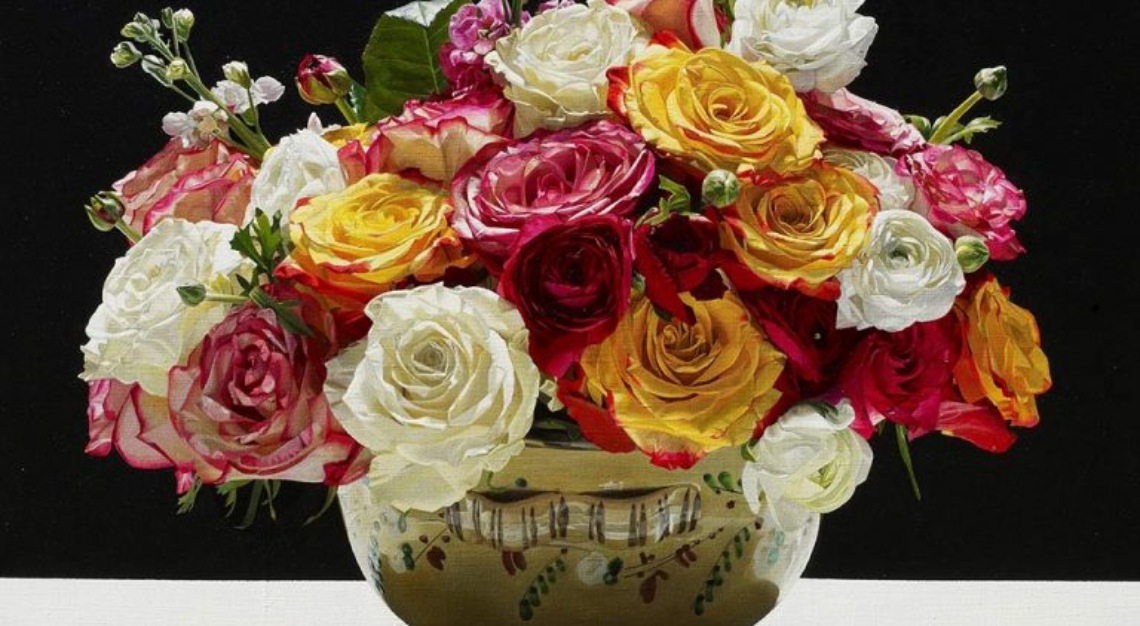In the final episode of Robb Report’s Masters of Appreciation, presented by The Balvenie series, we sat down with Reza Safavi to uncover the secrets of building the ‘perfect’ art collection based on budget, accommodation and taste
Building a sound art collection is no easy feat – as amassing a collection of any form is wont to be. In the words of Reza Safavi, our guest in this third and final episode of the Robb Report Masters of Appreciation, presented by The Balvenie series, “you’ve got to do your homework”.

Exacting it was indeed, for Robb Report Singapore’s contributing editor and art enthusiast Andrew Leci, who had his work cut out to unearth the secrets behind Safavi’s extensive and very impressive art collection – arguably one of the finest curated collections of Italian contemporary art today, including pieces by artists Luciano Ventrone, Agostino Bonalumi and Piero Pizzi Cannella, to name a few. These are some of the highlights from the conversation, eased by a congenial glass of The Balvenie.
When did collecting art become a passion for you? Do you approach it as a pastime, passion or a little bit of both?
If you don’t have the passion, not only will it be meaningless, but the pleasure of collecting art will also be absent and you aren’t going to continue. The first piece of art I ever bought was when I was in college, around 18 or 19 years old. I was with some friends in Los Angeles, and I saw a piece in a gallery there. About a week later, I got into my car and drove for over an hour just to purchase it. I put it in my apartment with my roommates at the time, and I had to connect with it on a daily basis.
What was it about that particular piece that spoke to you so vividly?
I won’t go into the details of the particular piece, but it gave me an energy that I wanted to experience more than once. You could get that in a car, a bottle of whisky, or from a painting that’s on a wall – it gives you a feeling that you would like to experience over and over again.
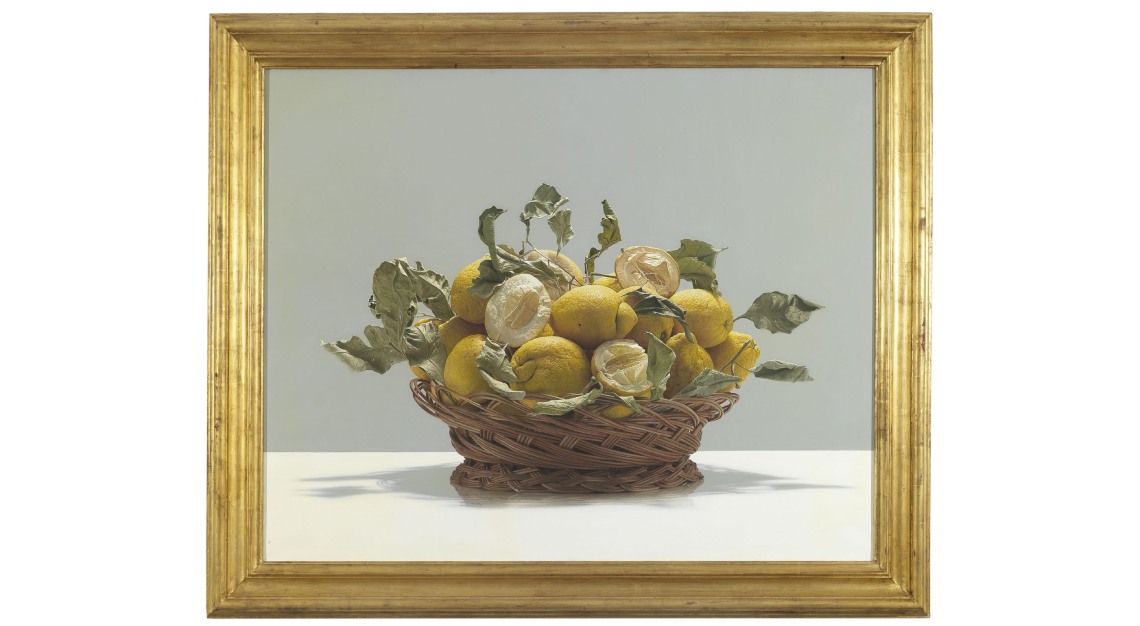
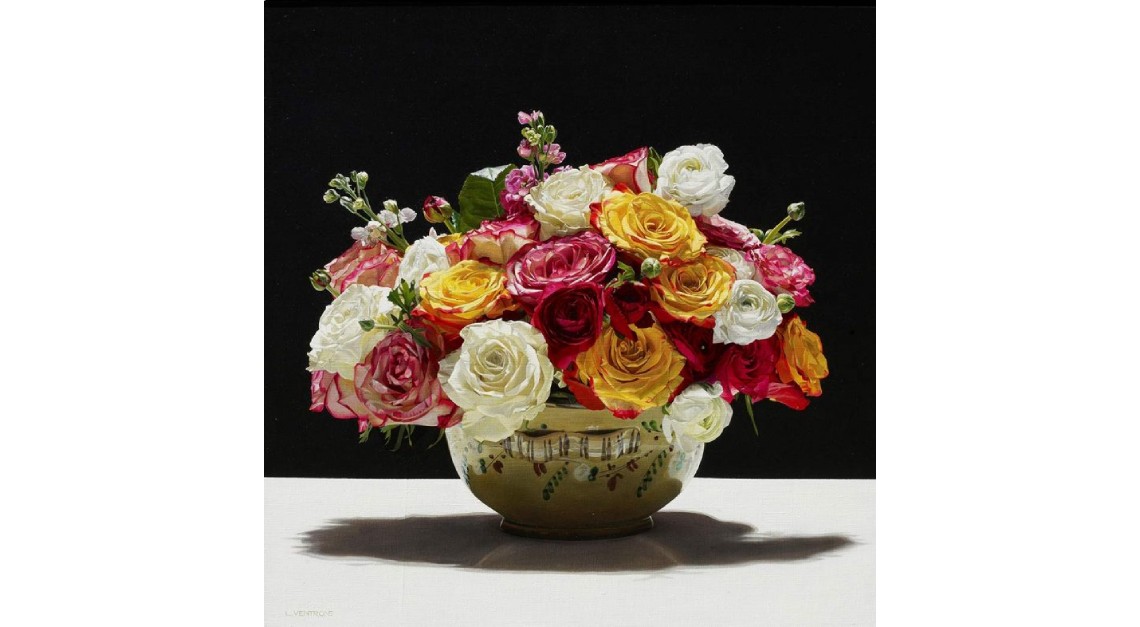
How do people go about collecting artworks?
Over the years, I’ve come across people who fall pretty much into three categories of collectors. The first group are those who buy art simply as an investment, and they don’t care if they never see that piece of art. Then you’ve got those who see a piece of art and connect with it, and would like to see it every day. The third group of people simply just want to hang something up on their wall, perhaps as a conversation starter at dinner parties. Pretty much everybody falls into these three categories.
What makes someone acquire a piece of art they wouldn’t want to look at?
Well, you have to respect the work of art and the artist, by recognising that the piece is of a very distinct quality, something that’s very rare and valuable. Not that it’s expensive – and some works of art are very expensive – but that it’s very rare, and the opportunity to acquire pieces like that are hard to come by. I personally don’t end up in the category where I don’t like to look at a piece of art that I collect, but people who do treat such pieces of art as assets and they find value in it.
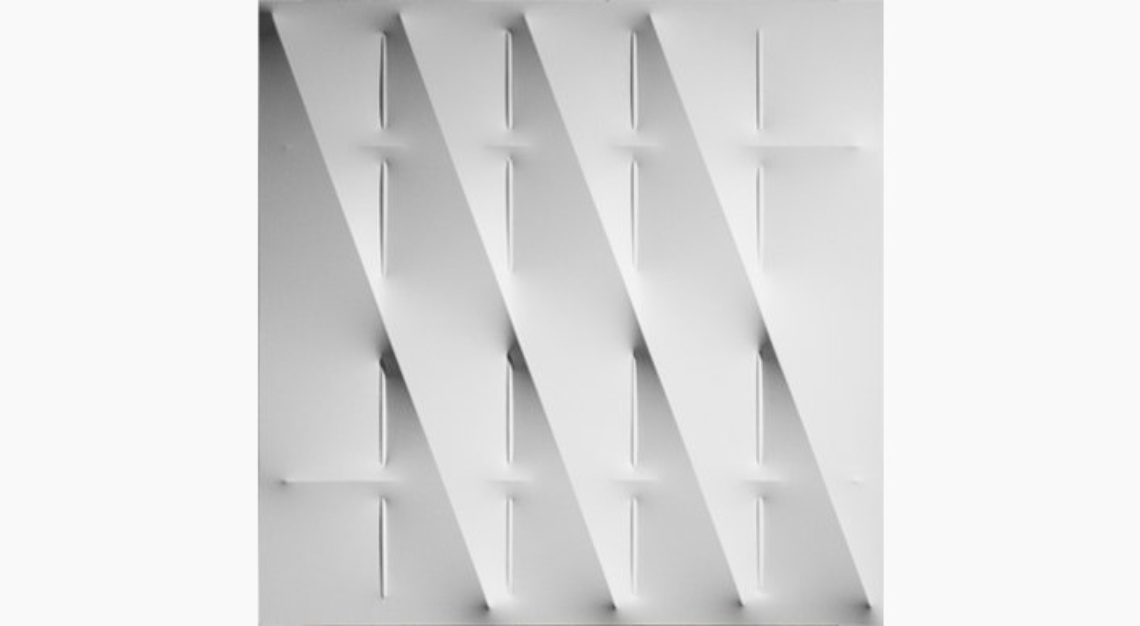
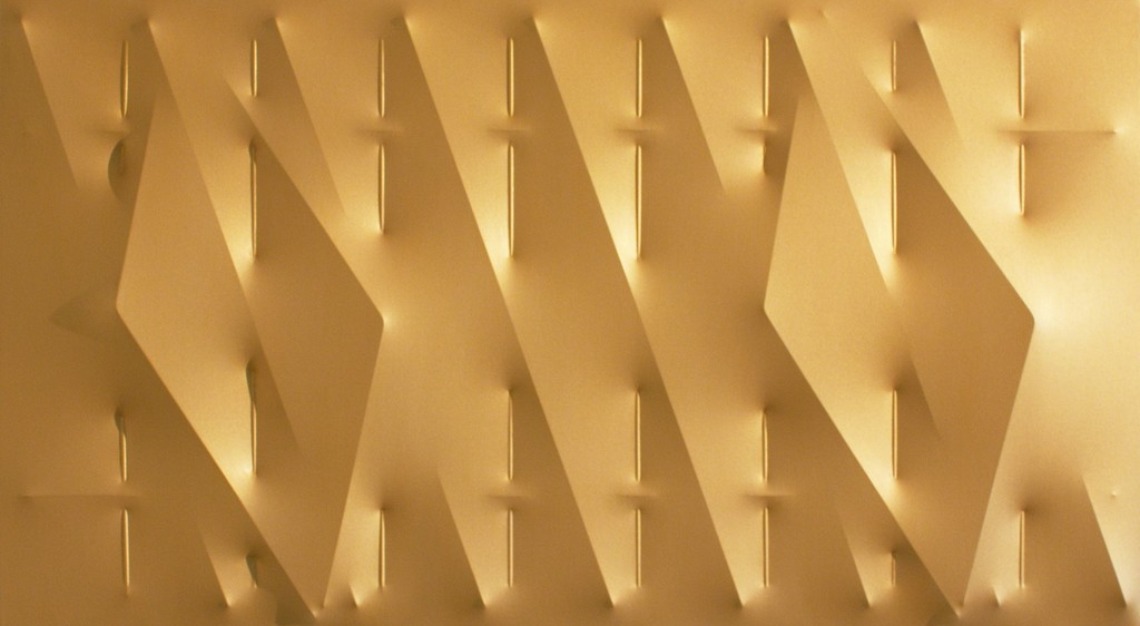
How do you tell which pieces of art you should acquire?
When you’ve been an art collector for a long time, you’ll learn to identify investment-grade artists and the most important pieces within their oeuvre. To use a household name, Picasso has pieces that cost tens of thousands and pieces that go up to a hundred million. Not every piece from a particular artist is of the same value, and to get your hands on some of the finest pieces is extremely difficult.
What would you advise someone who is thinking of starting his first art collection?
You actually don’t need a great deal of money. You really don’t, because there are pieces of art that are of very high quality and aren’t recognised economically yet. But it doesn’t mean that the artist is not recognised. Some very prominent collectors have spectacular pieces which cost a few thousand in the nineties, but are worth millions now. What you need to do is to ensure that the artist is a real one, and have access to such artists in 15 to 20 years from now, when they turn out to be the next Lichtenstein or Warhol.
You also need to decide, as a complete amateur, whether this is your passion. If you’re excited about a piece of art, you don’t have to buy it first. Visit galleries and get to know the artists who are represented in the more prominent galleries.
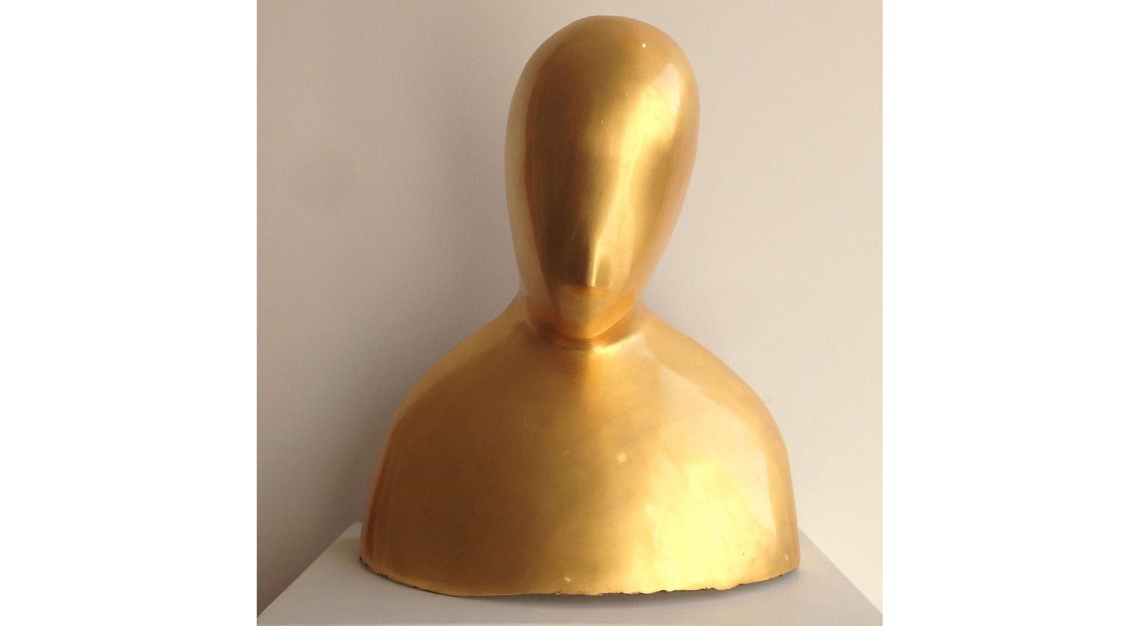
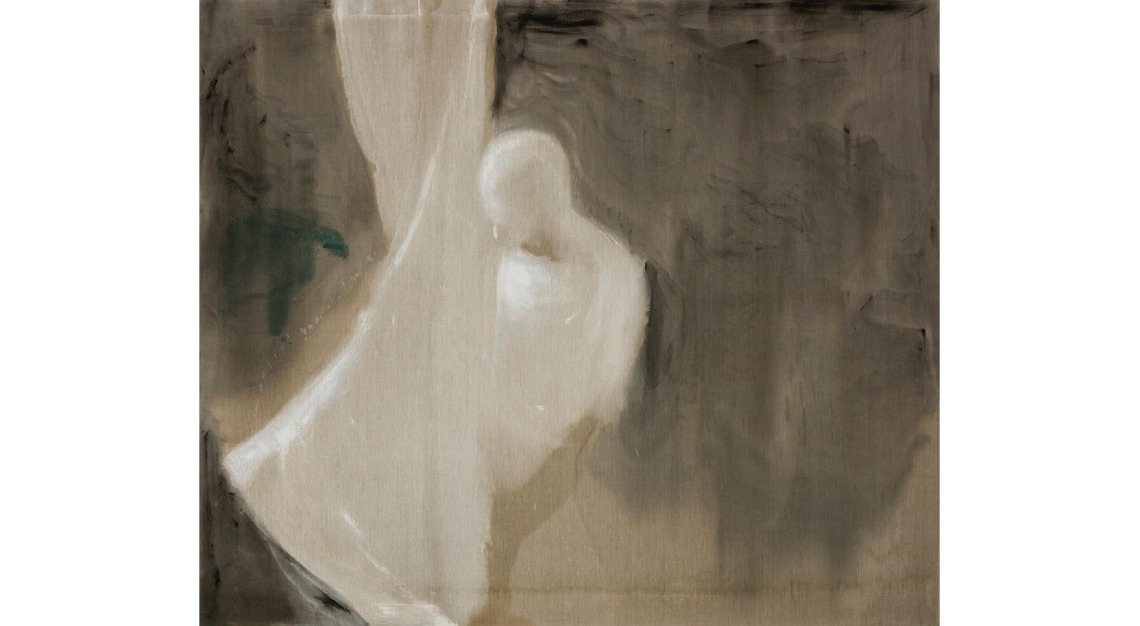

How do you identify artists who have such potential?
You need to experiment with what you feel is real, but at the same time you need to work with reputable galleries. There will not be low quality or manufactured artists at some of the most prominent galleries in the world. The reputation of these galleries is critical, and they like buyers who are more informed and who’ve done their homework.
How do you judge the worth of a piece of art that’s not been economically recognised?
That is when you need to have an eye for yourself. If you fall in love with something that you’d like to have on your wall, then it will mean something to you whether it has economic value or not. If you’d like to know whether the piece has economic value, you need to make sure that the dealers and the gallerists believe, to the best of their knowledge, that the artist is of a high quality.

How important is it to get to know the artists and connect with them?
Once you get to know the artist personally or have a chance to meet them, they share things with you that helps connect you to both them and their artworks. When you’re able to connect with an artist, it’s a very unique opportunity. Many of the artists, whose works I collect, have become my friends. It changes everything.
If there was an artwork in the world you can have, what would it be and where would you put it?
Honestly, that’s a tough question. I don’t even know if I should answer something like that. There are some of the greatest art pieces in the world, with which we’re all familiar with and are housed in museums. Those are not for people – they are for civilisations to enjoy. You can’t take the Mona Lisa and put it in a collection.
What do you want your personal legacy as an art collector to be?
There is a common thread that runs through my collection. I would like my daughters to understand that it wasn’t just random, but there was some kind of understanding and a journey involved.
